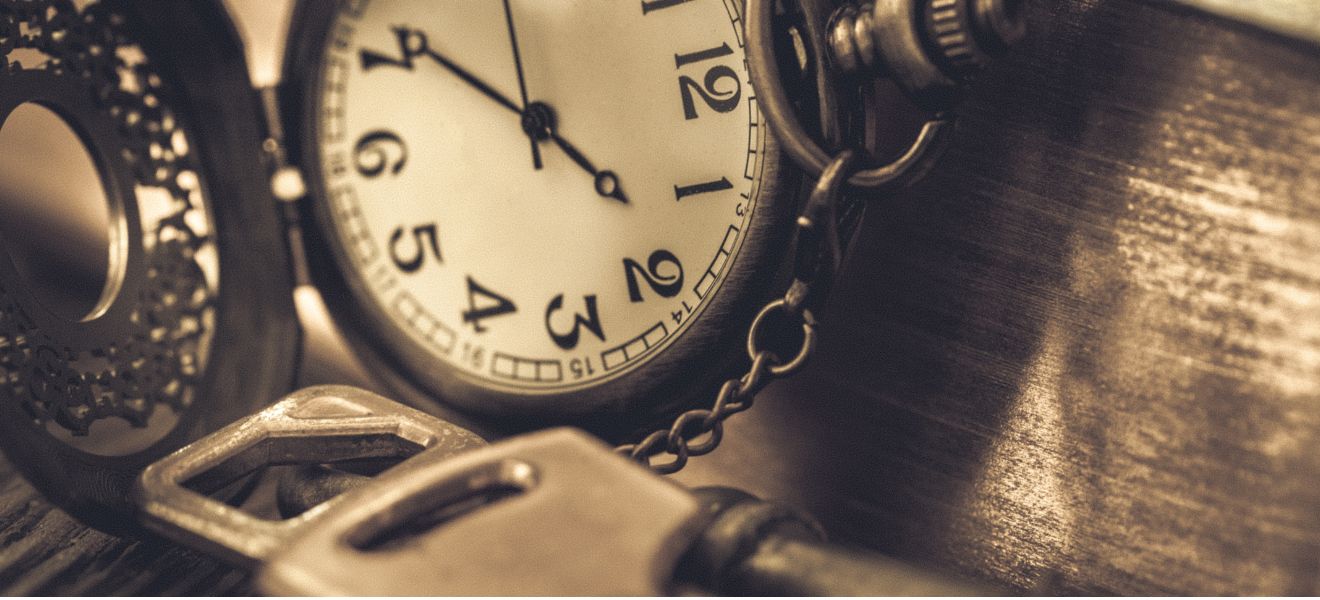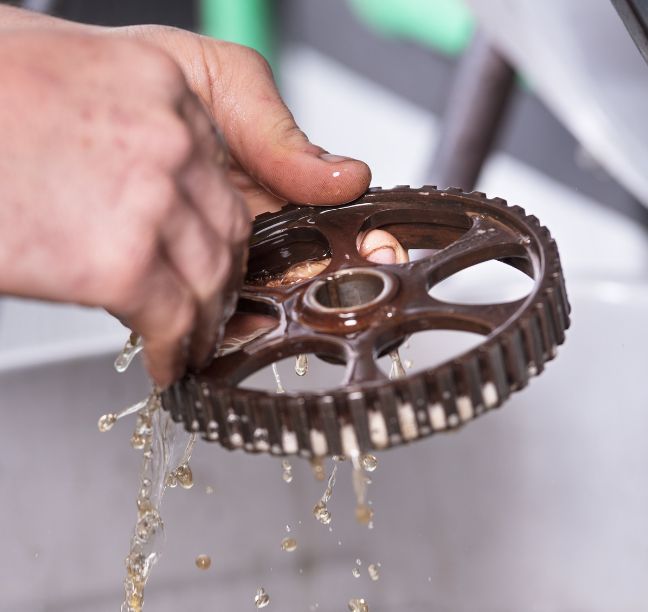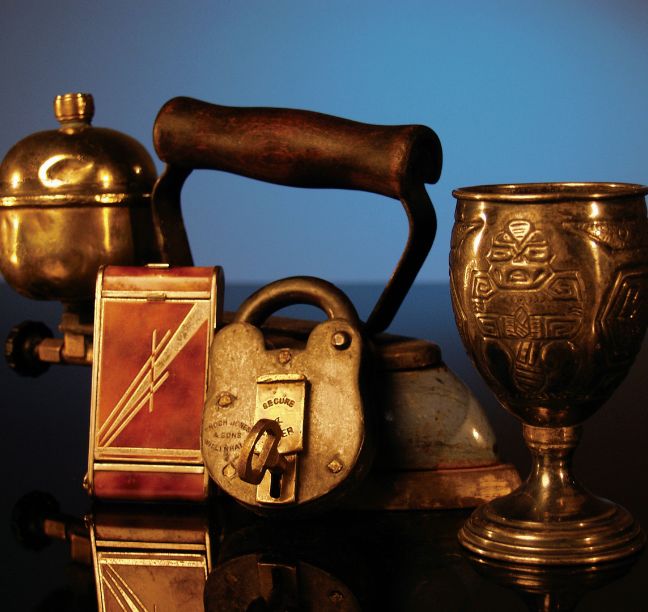
Antique items are not just old items, it is evidence of history that carries craftsmanship and stories from another era. In today’s world, the growing appreciation for the character and charm of antique decorative products is increasing. No matter you own antique jewelry, collectibles, or furniture; proper maintenance, and preservation is very necessary for each of them to have longevity. These pieces carry a unique flair and rich history to your collection. The conservation of these beauty demands some special maintenance along with a delicate touch. Through this blog post, you will get guidance on how to handle antique treasure for our upcoming generation.
Before diving into the technique of preservation for your antique collection, it is always necessary to be aware of the materials of the specific antique item. Antique product could be made of fabric, glass, wood, metal, or ceramic and each of them needs some individual method of maintenance. In this context, wooden antiques generally get benefit from humidity-controlled environment, while fabric-based antique requires gentle cleaning for damage avoidance.
Action step: The particular materials of your antique products demand proper research. This will further help you to choose the appropriate preservation method and cleaning technique.
The longevity of antique products is depending on the environmental factors. Fluctuations in humidity, exposure to light, and temperature are responsible for deterioration. For example, high humidity is responsible for mold growth in textiles, while excessive levels of heat can be responsible for wood rotting.
Tips of creating suitable environment to preserve antique products
Action step: If you are an antique-lover , then you have to have capitalize in thermometer and hygrometer for monitoring the room where your antique products are stored or displayed.


For your beloved antique pieces, regular cleaning is very important for the prevention of dirt and dust. Although the cleaning method needs to be very gentle to the avoidance of damage within the materials.
Cleaning Tips
Action step: A regular cleaning schedule for the antique product needs to be created and this strategy assure, the perfect condition of your antique without the threat of grime.
Proper storage is an effective way to preserve your antique products in case you are not displaying those. The longevity and condition of your antique product depend on the way how you are appropriately storing it.
Storage Tips
Action Step: To create a safer environment for your antiques, you need to assess storage options and make adjustment according to that.
Many times, instead you are maintaining your significant effort to store your antique product you may need professional restoration support. This is very necessary for valuable items of your collection. Restoration process is associated with repairing, cleaning, as well as reupholstering textiles and furniture.
When You Need Professional Support?
Action Step: You can create a list of reputed restoration experts in your area and according to your requirements you can reach out to them.
In the context of proper preservation of your antique product, maintenance of detailed records is highly necessary for further insurance purposes of any antique. Documenting your antique items is very useful in keeping accurate track of their origin, condition, and any necessary restoration work.
Tips for Documentation
Action tip: A comprehensive inventory for your antique product needs to be created including its condition report and photographs in the context of insurance and successful preservation.
There is so much to learn with the nature of antiques. Where new preservation techniques and products are discovered, you have to be abreast.
How to Learn
Read literature on antique products maintenance and preservation in order to see at a much deeper level how good practices are employed in this case. Apart from that you can be associated with any renowned antique association to get in-depth knowledge in this field. Perhaps, attends antique products maintenance related workshop is also give you the hands of experience.
Action Step: Set a monthly goal to learn something new about the preservation of antiques perhaps reading, attending a seminar, or connecting with others.
Preserving antique products is a fulfilling activity that links us with the past while allowing future generations to appreciate these historical items. Knowing about the materials, creating a controlled environment, bringing in regular cleaning, proper storage techniques, seeking professional help when necessary, documenting your items, and keeping abreast of your knowledge, you should be able to keep your antiques looking intact. Each piece tells a story; taking proper maintenance of them means those stories continue to be shared for years to come. Your efforts will not only save antique products but will also respect the craftsmanship and the history they emanate.